The Science Behind Face Mask Sheets: Why They Transform Skin
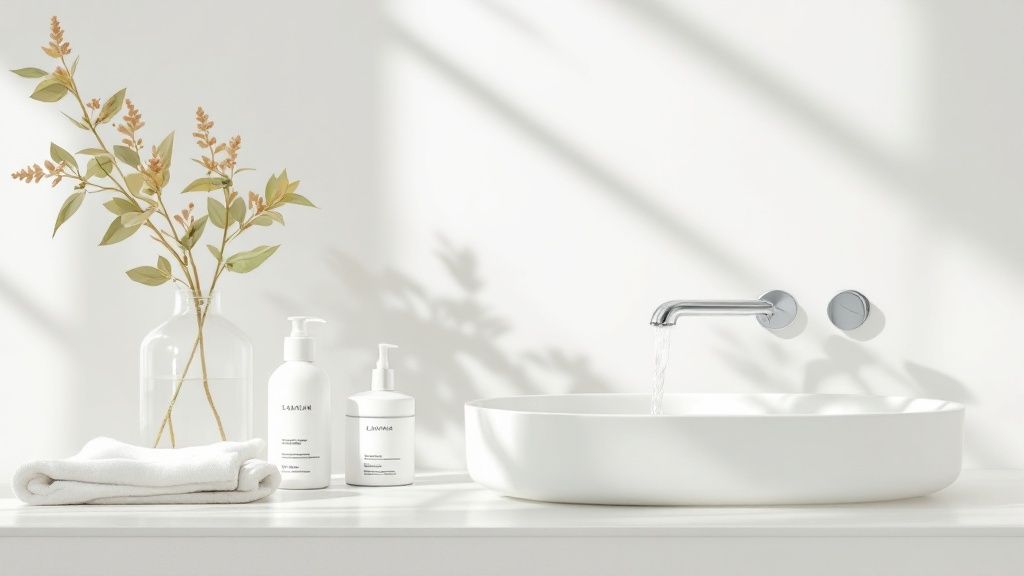
Sheet masks have become a global skincare staple. These simple sheets offer a powerful delivery system, boosting the effectiveness of key ingredients. The secret lies in occlusion therapy.
Occlusion therapy creates a temporary barrier, trapping moisture and helping ingredients penetrate deeper. Think of a sheet mask as a mini-greenhouse for your face. This "greenhouse effect" boosts hydration, softening skin and maximizing the impact of the serum's active ingredients. Traditional masks, exposed to air, lose moisture quickly, reducing the absorption of beneficial ingredients. This is where sheet masks truly shine.
Material Matters: Decoding Sheet Mask Fabrics
The mask's material significantly affects its performance. Different materials offer varying levels of adherence, absorption, and breathability.
- Cotton: A common and affordable choice, cotton masks absorb well but can feel thick.
- Bio-cellulose: Made from fermented coconut water, bio-cellulose masks cling closely, mimicking skin texture for superior ingredient delivery.
- Hydrogel: These cooling, jelly-like masks offer intense hydration and a luxurious feel.
Choosing the right material enhances the mask's benefits. You can explore various blog posts about skincare for more information. For example, hydrogel masks suit dry skin, while cotton might be better for oilier complexions.
The Market Boom: Reflecting Growing Consumer Demand
The rise of sheet masks isn't a fad. It shows a growing demand for convenient and effective skincare. The global sheet face mask market is booming. In 2024, it was valued at approximately USD 346 million. Projections show it reaching USD 466.2 million by 2030, a CAGR of about 5.1%.
The cotton sheet face mask segment is expected to hit USD 184 million by 2030, growing at a 5.4% CAGR. Non-woven masks are also rising rapidly, with a projected CAGR of 5.6% during the same period. Learn more about this growth here.
By understanding the science behind sheet masks and choosing the right material, you unlock their full potential. This knowledge empowers you to create a masking routine tailored to your unique skin needs, achieving truly impressive results.
Prep Like a Pro: Setting Your Skin Up for Success

The true magic of a face mask sheet begins long before you even open the package. Proper preparation is essential to unlock its full potential. Estheticians estimate that 50% of a sheet mask's effectiveness depends on your pre-masking routine. So, what steps can you take to prep like a pro and ensure a truly transformative experience?
Cleanse: The Foundation of Effective Masking
Thorough cleansing is the crucial first step. It removes dirt, oil, and makeup, all of which can hinder the absorption of the mask's beneficial ingredients. This is where many fall short – improper cleansing can sabotage the entire masking process. Imagine watering a plant with soil caked in dust – the water simply can’t penetrate. Similarly, a face mask sheet can’t effectively deliver its serum to skin coated in impurities. Always choose a gentle cleanser appropriate for your skin type to avoid irritation.
Exfoliate: Creating a Smooth Canvas
Exfoliation takes cleansing a step further by removing dead skin cells that create a rough, uneven surface. However, it’s a step that requires balance. While exfoliation preps your skin for better absorption, over-exfoliating or using harsh scrubs can damage your skin barrier and cause irritation. If you have sensitive skin, consider gentle chemical exfoliation with ingredients like AHAs or PHAs a few times a week instead of physical scrubs. If you exfoliate the same day you plan to use a mask, opt for an especially gentle cleanser.
Tone: Balancing Your Skin’s pH
Toning helps restore your skin's natural pH balance after cleansing, preparing it for optimal serum absorption. This is particularly helpful if your cleanser disrupts your skin's pH. A balanced pH allows your skin to more readily absorb the ingredients from the face mask. This means your skin can fully benefit from the mask's hydrating and nourishing properties. Think of toning as priming a wall before painting – it ensures better adherence and a more even finish.
The K-Beauty Secret: Boosting Hydration
K-beauty enthusiasts often add another step to their pre-mask routine: a hydrating essence or toner applied before the sheet mask. This creates a base layer of hydration, allowing your skin to absorb even more moisture from the mask itself. This technique is particularly effective for dry or dehydrated skin, amplifying the mask's hydrating power. Think of it like applying primer before foundation – it creates a smoother, more receptive surface.
To help you tailor your pre-mask routine to your specific skin needs, consult the following guide:
Pre-Application Skin Preparation Guide This table outlines the recommended pre-mask preparation steps for different skin types and concerns.
| Skin Type/Concern | Cleansing Method | Exfoliation | Toning | Additional Preparation |
|---|---|---|---|---|
| Dry/Dehydrated | Gentle, hydrating cleanser | Gentle chemical exfoliation (AHAs/PHAs) 1-2 times per week | Hydrating toner | Hydrating essence or serum |
| Oily/Acne-Prone | Foaming or gel cleanser | Gentle chemical exfoliation (BHAs) 2-3 times per week | Oil-free toner | Clay mask (optional, once a week) |
| Sensitive | Fragrance-free, hypoallergenic cleanser | Minimal exfoliation, if any | Alcohol-free, soothing toner | Calming serum |
| Combination | Balancing cleanser | Gentle exfoliation, focusing on the T-zone | pH-balancing toner | Light hydrating serum in dry areas |
By understanding your skin type and tailoring your pre-mask routine accordingly, you can maximize the benefits of your chosen face mask. This detailed approach ensures you're giving your skin the best possible treatment, leading to a healthy, radiant complexion.
The Perfect Fit: Mastering Face Mask Sheet Application
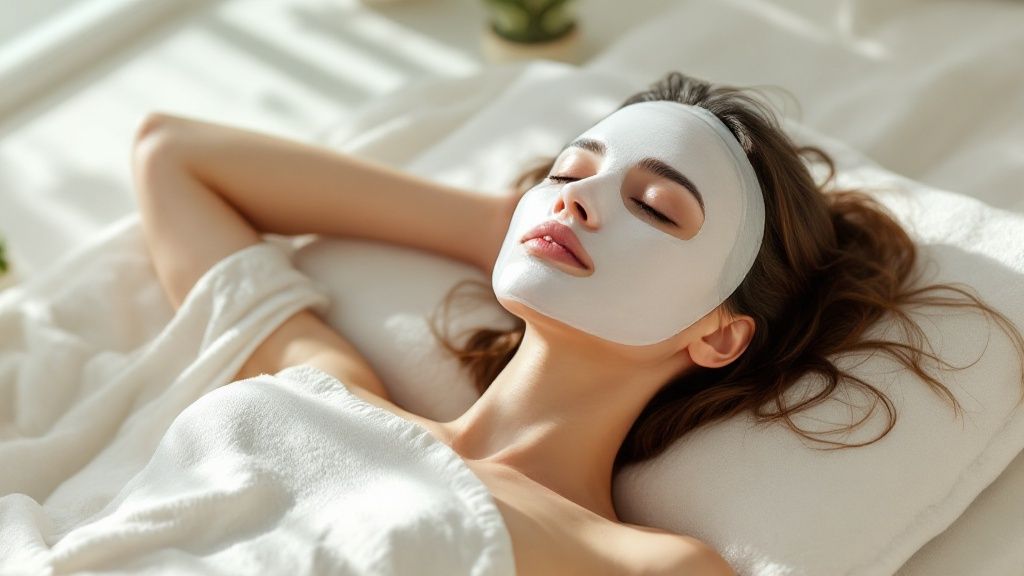
Applying a face mask sheet might seem simple, but the right technique can significantly boost its effectiveness. Many people unintentionally compromise their results right from the start. This guide will walk you through the process, ensuring you get the most out of your face mask experience.
Unfolding and Applying: A Gentle Touch
Carefully unfold the mask, avoiding any harsh pulling that could tear it. Locate the openings for your eyes, nose, and mouth, aligning them with your features. The golden rule is to start from the center and smooth outwards. This ensures even coverage and prevents pesky air bubbles. For instance, position the mask over your nose first, then smooth it outwards towards your cheeks and forehead.
Adherence is Key: The Pressing Technique
Once the mask is in place, gently press it onto your skin using your fingertips. This helps the serum make maximum contact. Avoid pressing too hard, as this can irritate your skin. Think of it like applying a delicate sticker – a soft touch is all you need.
Timing is Everything: How Long to Mask
The ideal masking time depends on the specific mask and its ingredients. Generally, 15-20 minutes is sufficient. Leaving a sheet mask on for too long can actually dry out your skin. This happens because the sheet can begin to reabsorb moisture once the serum is fully absorbed.
Removal and Beyond: Extending the Benefits
When removing the mask, gently peel it off, starting from the edges. Don't discard the mask immediately! Use any remaining essence in the packet to massage your neck and décolleté. This extends the mask's benefits beyond your face. Here are a few extra tips:
-
Gentle Pats: After removing the mask, gently pat in any remaining essence to help your skin absorb it.
-
Wait Before Layering: Let your skin fully absorb the essence before applying other skincare products. This prevents pilling and maximizes the effectiveness of each product.
-
Don't Rinse (Unless Instructed): Most sheet masks don't need rinsing. Leaving the essence on allows it to continue working.
The Growing Popularity of Sheet Masks
The face mask sheet market is booming, driven by growing consumer interest in skincare and convenience. In 2024, the global market was valued at approximately USD 363.7 million. It's projected to grow at a CAGR of 8.9% from 2025 to 2030. This growth reflects a broader shift towards accessible and effective skincare, influenced by social media and celebrity endorsements. You can find more detailed statistics here. This rising popularity highlights the effectiveness and ease of use of sheet masks in today's skincare routines. By understanding the nuances of application, timing, and post-mask care, you can fully enjoy the benefits of this popular skincare trend.
After the Mask: Sealing In Your Skincare Investment
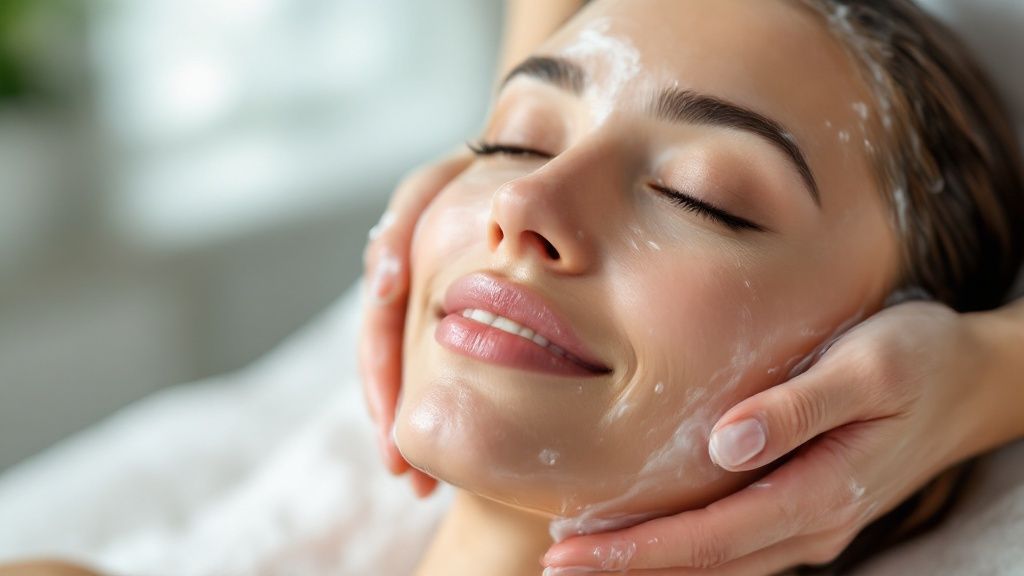
Taking off your sheet mask is just the first step towards radiant skin. What you do immediately after can make a real difference. It's the difference between a short-lived glow and days of noticeably healthier skin. Let's explore how to get the most out of your sheet mask.
The Pat-Down: Gentle Absorption
After carefully removing your mask, you'll see some essence left on your skin. This is precious stuff! Don't rub it in. Instead, gently pat it into your skin with your fingertips. Rubbing can cause irritation and even micro-tears. Patting encourages better absorption.
The Waiting Game: Maximizing Effectiveness
Many sheet mask instructions miss a key step: waiting. Before applying anything else, let your skin fully absorb the essence. This usually takes 5-10 minutes, depending on the mask and your skin type. This allows the active ingredients to penetrate deeper and do their work.
Layering for Success: Locking In Hydration
Once the essence is absorbed, continue your regular skincare routine. Start with the lightest products and build up to the heaviest. This usually looks like this:
- Toner (optional): Apply this after the essence is fully absorbed, if you use one.
- Serum: Apply your usual serum.
- Moisturizer: Lock in the hydration with a good moisturizer.
- Eye Cream: Care for the delicate skin around your eyes.
- Sunscreen (daytime): Always protect your skin from the sun.
You might want to check out this resource on Japanese Skincare routines for additional skincare tips. This layering technique helps create a barrier that seals in moisture and keeps your skin hydrated longer.
Less is More: Avoiding Product Overload
Layering is good, but too much can be counterproductive. Overloading your skin can clog pores and reduce the mask’s effectiveness. Sometimes, the essence alone provides enough hydration. Pay attention to your skin and adjust your routine as needed. Knowing when to stop is just as important as knowing how to use a sheet mask.
This post-mask routine transforms a simple sheet mask into a powerful skincare treatment. By following these tips, you'll maximize your mask's benefits and enjoy lasting results.
Choosing Your Perfect Match: Sheet Masks for Every Concern
Stepping into the world of sheet masks can feel a bit like entering a beauty jungle. So many options, so many promises! This section offers a simple guide to finding the right face mask sheet for your unique skin. By understanding ingredients, materials, and even seasonal changes, you can create your own personalized "mask wardrobe" for the best possible results.
Decoding the Ingredients: Beyond the Buzzwords
Effective sheet masks depend on powerful ingredients. But don't be fooled by fancy marketing. Look for ingredients backed by science, like hyaluronic acid for deep hydration, niacinamide for a brighter complexion, and ceramides to strengthen your skin's protective barrier. For instance, hyaluronic acid works wonders for dry skin, while salicylic acid can help with oily or acne-prone skin. Knowing your ingredients helps you choose masks that truly address your needs.
Material Matters: The Right Fabric for Your Face
The mask's material is just as crucial as the serum it's soaked in. Different materials affect how well the mask adheres to your skin, how much serum is absorbed, and how effective the treatment is overall.
- Cotton: An affordable option that absorbs serum fairly well, but it can sometimes irritate sensitive skin.
- Bio-cellulose: This material clings beautifully to the contours of your face, maximizing serum absorption and delivering a refreshing cooling sensation.
- Hydrogel: Known for its intense hydrating power, hydrogel feels luxurious and works especially well for dry or mature skin.
Choosing the right material helps ensure the ingredients reach your skin effectively and that you enjoy a comfortable masking experience.
Seasonal Masking: Adapting to Your Skin's Changing Needs
Your skin's needs shift throughout the year. In colder months, prioritize hydrating and nourishing ingredients to combat dryness. During summer, lighter, oil-controlling masks can help manage excess oil. For more personalized advice, you might find this helpful: How to master Japanese Skincare. This seasonal approach keeps your mask working with your skin, no matter the weather.
Warning Signs: When to Stop Masking
Even the most popular sheet masks can sometimes cause problems. Redness, itching, or breakouts after using a mask suggest potential irritation or an allergic reaction. If this happens, stop using the mask immediately. This is why patch-testing new masks on a small area of skin is always a good idea.
Usage of sheet masks varies depending on region and culture. North America represents a substantial portion of the sheet mask market, driven by its booming beauty industry. As of May 2020, the United States had over 77,000 beauty salons and 4,500 barbershops, generating about USD 20 billion in revenue annually. This contributes significantly to sheet mask usage in both professional settings and at home. For more detailed market statistics, check out this resource: https://www.fortunebusinessinsights.com/sheet-face-mask-market-104647.
To help you choose the right mask for your needs, we've created a handy guide:
Sheet Mask Selection Guide By Skin Concern This table helps readers identify which ingredients and mask types to choose for specific skin concerns.
| Skin Concern | Key Ingredients to Look For | Recommended Mask Type | Frequency of Use | What to Avoid |
|---|---|---|---|---|
| Dryness | Hyaluronic acid, Ceramides, Glycerin | Hydrogel, Bio-cellulose | 2-3 times a week | Alcohol, Fragrances |
| Oiliness/Acne | Salicylic acid, Tea tree oil, Charcoal | Clay, Cotton | 1-2 times a week | Heavy oils, Artificial colors |
| Dullness | Vitamin C, Niacinamide, AHA | Bio-cellulose, Cotton | 1-2 times a week | Harsh exfoliants |
| Sensitivity | Aloe vera, Chamomile, Colloidal oatmeal | Cotton, Hydrogel | 1-2 times a week | Fragrances, Alcohol, Essential oils |
| Aging | Retinol, Peptides, Collagen | Hydrogel, Bio-cellulose | 2-3 times a week | Harsh chemicals |
This table summarizes key ingredients and mask types to consider for different skin concerns. Remember to always patch test before using a new mask.
By understanding ingredients, materials, seasonality, and potential reactions, you can confidently navigate the world of sheet masks. This empowers you to create a personalized masking strategy that delivers real, noticeable results.
Getting Maximum Value: Smart Masking Strategies
Transforming your sheet masking routine from an occasional indulgence into a regular practice is easier than you think. It's all about maximizing the benefits of each mask and making smart, budget-friendly choices. This section explores practical ways to extend the life of your sheet masks and amplify their effects.
Stretching Your Skincare Budget: Cost-Effective Masking
Premium sheet masks can be pricey. But there are clever ways to make them last longer without compromising results. One popular technique is cutting the mask in half. Use one section for your forehead and the other for your lower face. This method, favored by many skincare enthusiasts, effectively doubles the usage of a single mask.
-
Repurpose the Packaging: After applying your mask, don't discard the packaging! There's often leftover essence inside. This can be applied to your neck, chest, and even the backs of your hands for extra hydration.
-
DIY Multi-Masking: If you have different skin concerns on various areas of your face, consider using multiple masks at once. For example, apply a charcoal mask on your T-zone to control oil and a hydrating mask on your cheeks. This targeted approach effectively addresses specific needs.
Masking Frequency: Finding the Right Balance
How often should you use a sheet mask? The answer depends on your skin type, specific concerns, and budget. While daily masking might seem tempting, it’s not always necessary or beneficial. Over-masking can sometimes cause irritation or breakouts. A good starting point is 1-2 times per week. Pay attention to how your skin reacts and adjust your routine accordingly.
-
Dry Skin: People with dry skin generally tolerate more frequent masking, perhaps up to 3 times a week, using hydrating formulas.
-
Oily/Acne-Prone Skin: Individuals with oily or acne-prone skin should begin with masking once a week and watch for any adverse reactions before increasing the frequency.
Storage Secrets: Preserving Mask Potency
Proper storage can significantly extend the lifespan and effectiveness of your sheet masks. Avoid storing masks in direct sunlight or extremely hot or cold environments, which can degrade the ingredients. A cool, dark place, such as a drawer or cabinet, is ideal.
-
Resealable Bags: If you’re not using the entire mask at once, store the remaining portion in a resealable bag to prevent it from drying out.
-
The "Not-So-Cold" Truth: Refrigerating all sheet masks isn't always the best approach. While cooling certain masks can enhance their de-puffing effect, it can actually damage others. Check the product instructions for specific storage recommendations, especially for masks with active ingredients that can be affected by temperature changes.
By following these cost-effective strategies, you can maximize the benefits of sheet masking and incorporate this beneficial practice into your routine without breaking the bank. This allows you to enjoy the luxurious experience of regular masking without the hefty price tag.
Avoid These Mistakes: What Expert Maskers Never Do
Even dedicated skincare enthusiasts can sometimes make common face mask mistakes that reduce their effectiveness. These errors range from incorrect storage and application techniques to misunderstandings about how often to use them. Let’s clear up these misconceptions and look at what not to do with your face mask sheets.
The Chilling Truth About Refrigeration
While refrigerating some skincare products can extend their shelf life, this isn't always the case for face mask sheets. In fact, the cold can destabilize the formula and reduce the potency of certain ingredients in some masks. For example, certain ingredients might crystallize at lower temperatures, making them less effective. Always store your masks according to the manufacturer’s directions to ensure they work as intended. Much like choosing the perfect protective case for your phone can extend its life, proper storage ensures you're getting the most out of your skincare investment.
The Gentle Art of Application: Avoiding Micro-Tears
Smoothing out air bubbles is crucial for proper mask adherence, but rubbing too aggressively can create micro-tears in your skin's protective barrier. These tiny tears can lead to irritation, inflammation, and heightened sensitivity. Instead of rubbing, use gentle pressing motions with your fingertips to ensure the mask adheres properly without causing damage. This gentler approach maximizes the mask’s benefits while safeguarding your skin's health.
Over-Masking Syndrome: Less Is More
More isn't always better, especially when it comes to face masks. Over-masking, or using masks too often, can overwhelm your skin, leading to irritation and a weakened skin barrier. This is especially true for those with sensitive or acne-prone skin. Just like over-watering a plant can harm its roots, over-masking can disrupt the delicate balance of your skin’s microbiome.
The Myth of Reusability: One and Done
While some skincare products can be used multiple times, face mask sheets are designed for a single use. Reusing a mask can introduce bacteria and other impurities to your face, potentially causing breakouts and infections. Furthermore, the essence within the mask is generally depleted after one use, diminishing its effectiveness for subsequent applications. Reusing a mask, therefore, offers minimal benefit and poses significant risks to your skin.
Mastering the Art of Masking: A Recap of Key Don'ts
Here’s a quick summary of common face mask mistakes to avoid:
| Mistake | Why It's Harmful | Solution |
|---|---|---|
| Refrigerating all masks | Can destabilize ingredients | Follow manufacturer’s instructions |
| Rubbing during application | Creates micro-tears in skin | Use gentle pressing motions |
| Over-masking | Leads to irritation and breakouts | Follow recommended frequency |
| Reusing masks | Introduces bacteria and impurities | Use each mask only once |
By avoiding these common pitfalls and following best practices, you can ensure you're maximizing the benefits of your face mask routine. Explore a curated selection of high-quality Japanese face mask sheets and other skincare products at Buy Me Japan to elevate your skincare routine.
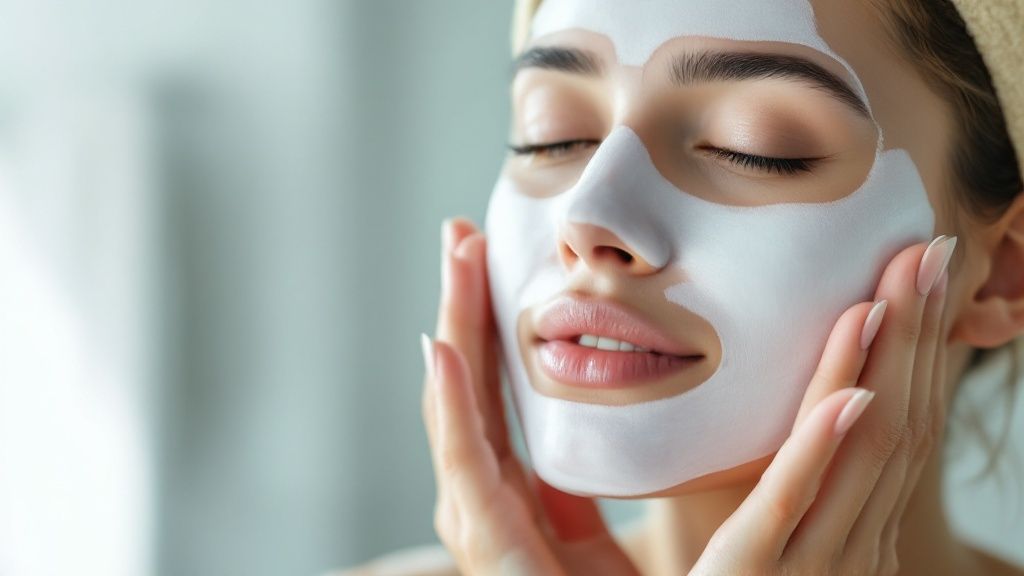
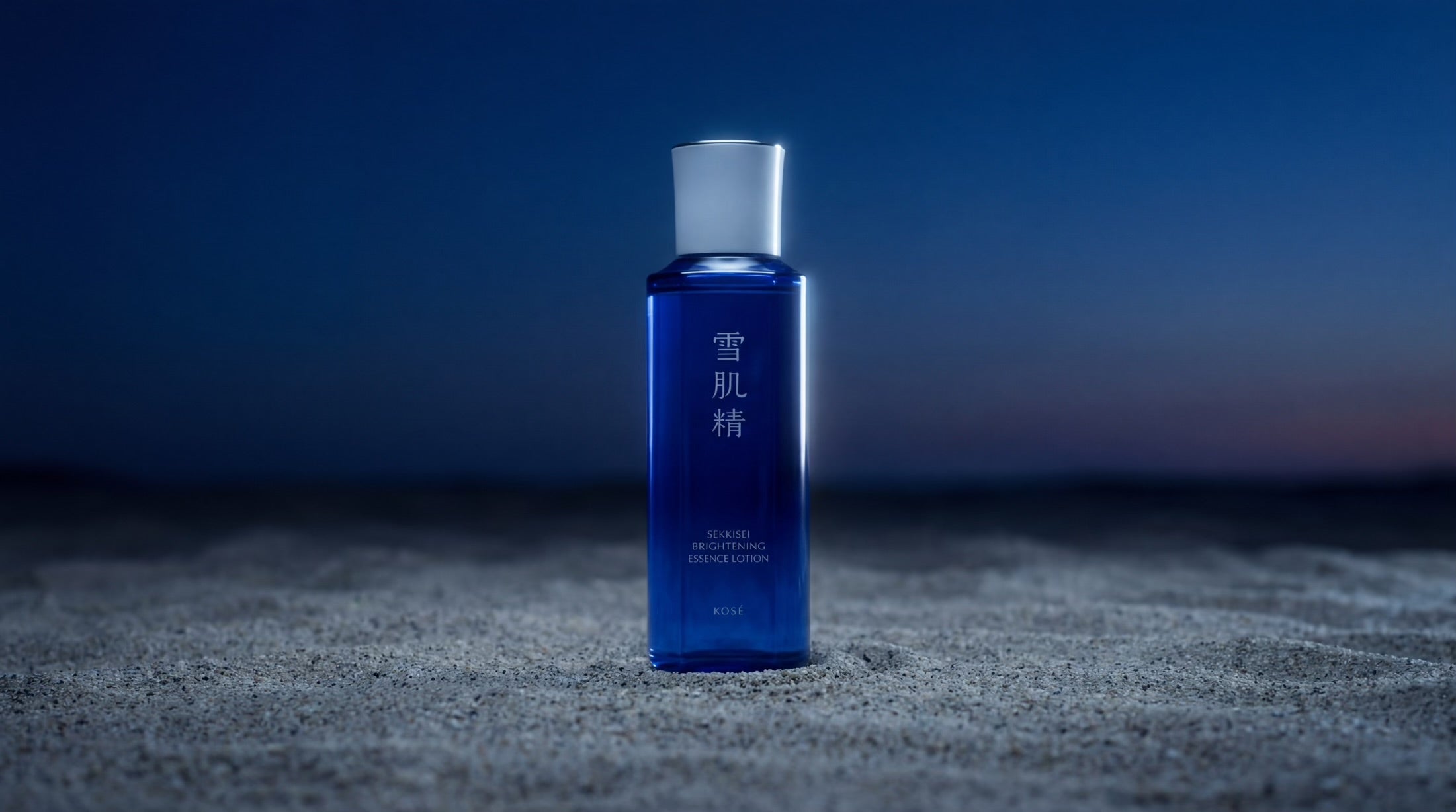
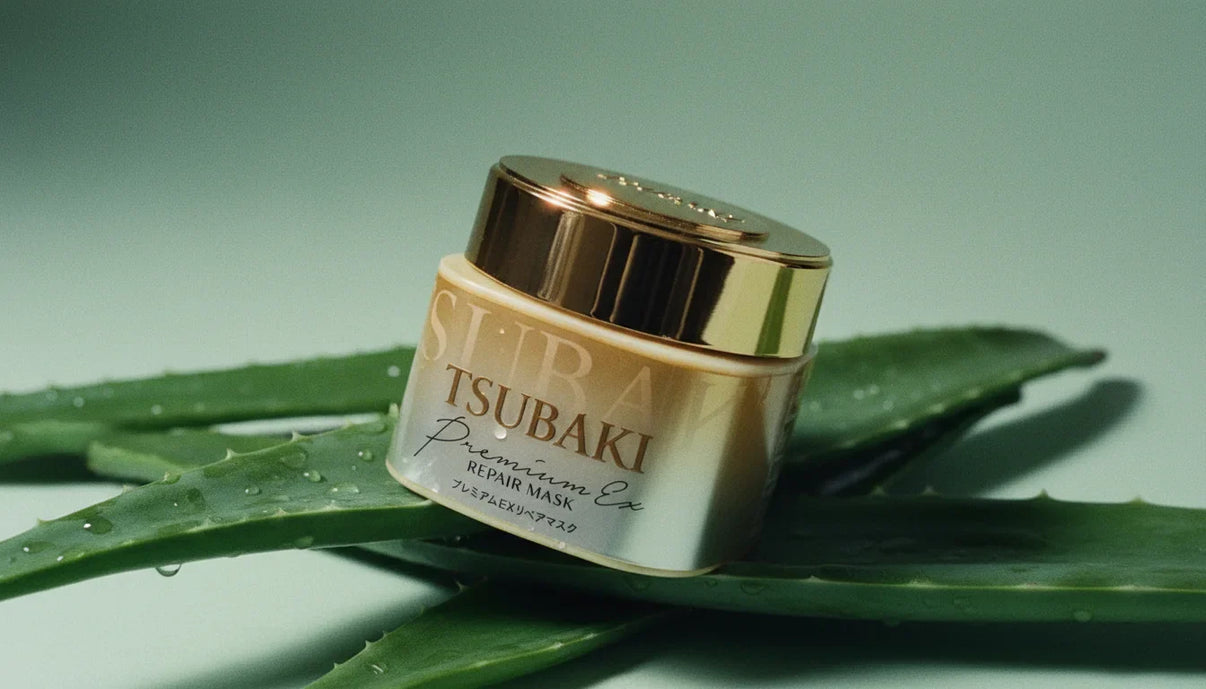

Share:
Essential Japanese Skincare Steps for Radiant Skin
Japanese Makeup Tutorial: Secrets to Effortless J-Beauty